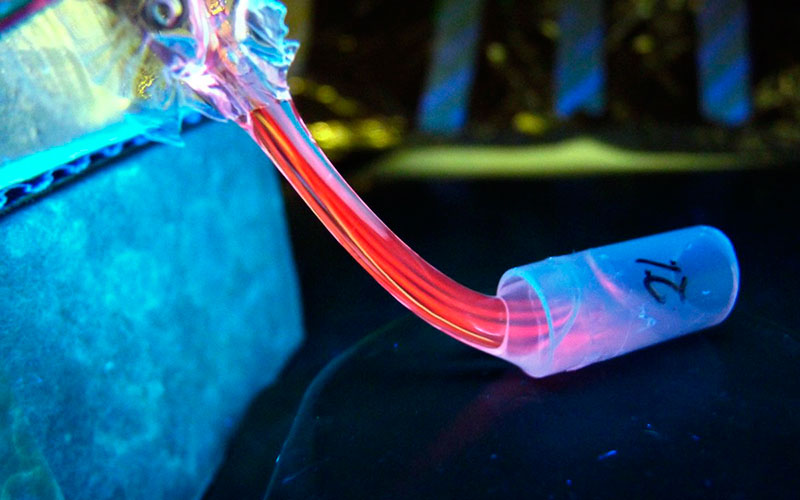A new fabrication technology could allow researchers to recreate complex biological environments.

3DEAL is a simple and inexpensive technique able to generate complex molecular patterns within soft matter – such as hydrogels – with microscale resolution and up to centimetres in depth.
This enables the possibility to engineer 3D hydrogel environments with spatial control of chemical composition, opening the opportunity to recreate biological scenarios, such as 3D molecular gradients or patterns.
This could be used to design new drug screening platforms or build complex tissue engineered constructs.
The technology has been developed by a team at Queen Mary University of London.




